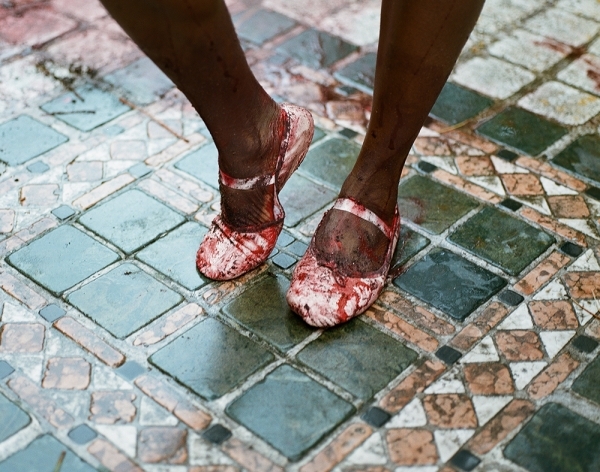Self-Destructive Female Icons
The focus of this thesis is on the medial images of the “representative characters”1 (Baty 8) of up to seven 20th century born women who were instilled with high and unique creative abilities. Their images shall be explored through a picture analysis. The images will include representations of Marilyn Monroe, Amy Winehouse, Whitney Houston, Romy Schneider and Princess Diana. These women however, did not only die prematurely but also self-destructively. They have been selected because of their biographical similarity and medial representation. This shall be revealed psycho-biographically and psycho-iconographically. At the same time, the picture analysis will be discussed implementing Aby Warburg and Erwin Panofsky’s art history theories. The characters in the images under analysis are often compared one with the other (Winehouse with Houston and Monroe with Spencer) and as many public figures, tried to manipulate and control their public image. Three specific periods in history that informed their society culturally and spiritually shall be analysed. The three historical periods that produced the social and cultural values that affected the icons in question are the first half of the 20th century, the Renaissance (rebirth of the Classics) and antiquity itself (also projected through the Renaissance and the theories from the 20th century). Graeco-Roman mythology is fundamental in regard to goddesses and gods such as Aphrodite (Venus) - goddess of love and beauty - and Eros (Cupid) - god of love. Their stories take on an allegorical role with the icons in question. This shall function together with my departure from Sigmund Freud’s theories formulated through mythology.
1 The representative character embodies and expresses achievement, success, failure [...] Baty goes into further detail in her book.
2. a. An icon is “an image, figure, or representation; a portrait; a picture, ‘cut’, or illustration in a book.” oed.com. “A person or thing regarded as a representative symbol, esp. of a culture or movement; a person, institution, etc., considered worthy of admiration or respect. Frequently with modifying word.” oed.com

Helena Eribenne